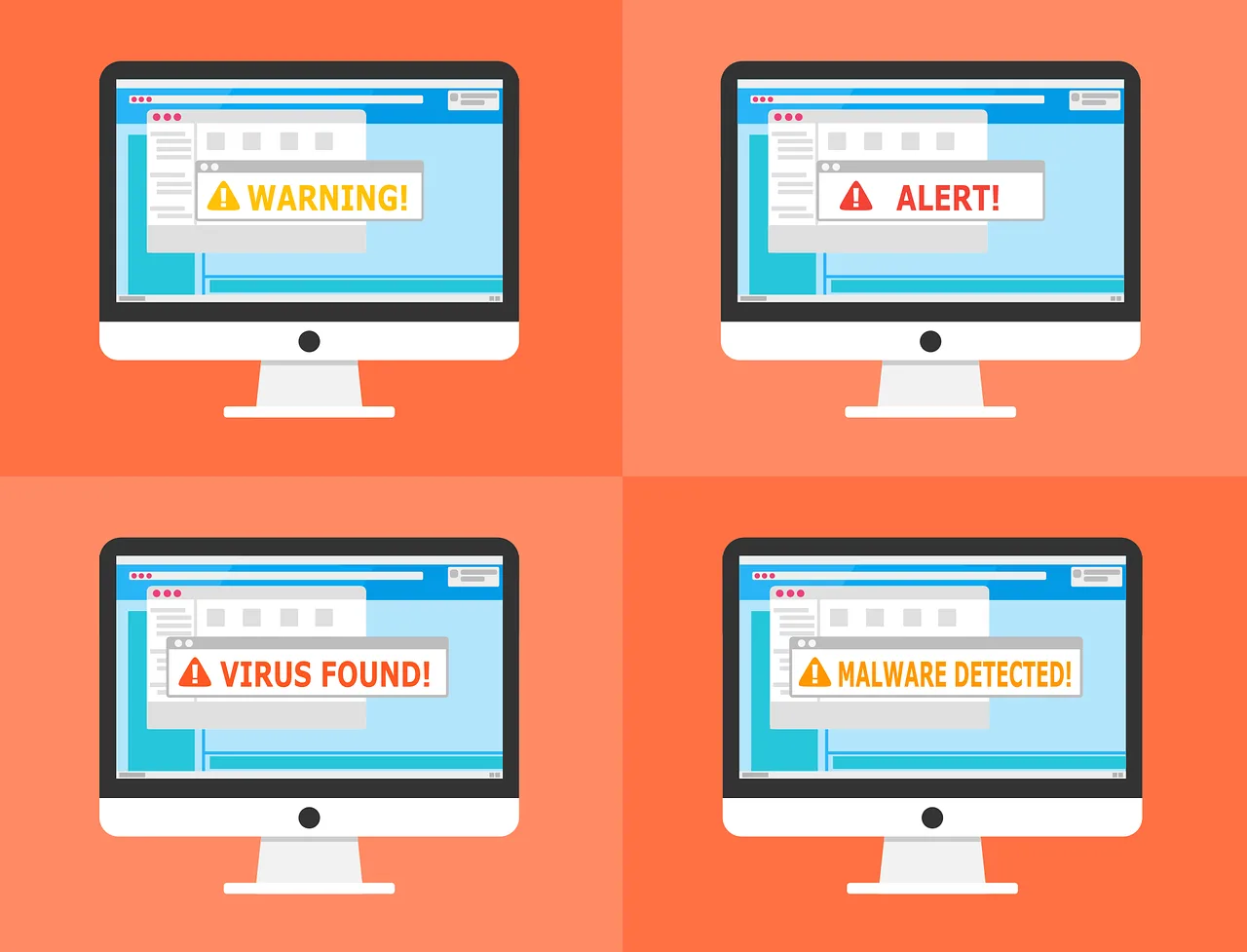The Importance of a Resilient Disaster Recovery Plan.
Last Friday, a major issue with CrowdStrike’s endpoint protection software disrupted systems worldwide. An update pushed by CrowdStrike inadvertently disconnected many machines from the network, forcing IT teams to log in to restore functionality manually. This incident has underscored the vital importance of having a robust disaster recovery plan.
The CrowdStrike Incident Unpacked
CrowdStrike, a leading name in cybersecurity, released an update that led to severe operational disruptions. The update rendered many machines unable to connect to the network, leaving IT staff with no option but to physically access each device to resolve the issue. This scenario led to considerable downtime, affecting businesses globally and highlighting a critical vulnerability in disaster recovery strategies.
Minimising Downtime with Robust Backups
A robust backup strategy is the backbone of any disaster recovery plan. Regular backups ensure you can restore systems swiftly with minimal data loss, significantly reducing downtime.
Key components of a resilient backup strategy include:
- Frequency: Set up regular backups to capture the latest data. Daily or even hourly backups are ideal, depending on your business needs.
- Redundancy: Store backups in multiple locations, such as offsite servers and cloud storage, to protect against data loss from hardware failures or disasters.
- Integrity: Regularly test backups to ensure they are not corrupted and can be restored without issues.
- Automation: Automate your backup processes to reduce the risk of human error and ensure consistency.
Utilising Cloud Storage Solutions
Cloud storage solutions like Microsoft 365 are invaluable for disaster recovery. They ensure that critical documents and data remain accessible, even if local systems fail.
Advantages of cloud storage include:
- Accessibility: You can access your data from any device with an internet connection, enabling remote work and uninterrupted access.
- Redundancy: Cloud providers typically have sophisticated disaster recovery systems, ensuring your data is safe and recoverable.
- Scalability: Easily scale your storage needs to accommodate business growth without worrying about physical limitations.
- Collaboration: Enhance teamwork with cloud-based tools that facilitate real-time collaboration, regardless of your team’s location.
Simplifying Device Provisioning with Intune
Microsoft Intune provides a comprehensive solution for managing devices, ensuring they are always configured with the necessary applications and policies. In the event of a disaster, Intune can quickly re-provision devices, getting users back to work with minimal delay.
Advantages of using Intune include:
- Automated Provisioning: Automatically configure devices with the required settings and applications, reducing setup time and ensuring consistency across your fleet.
- Policy Enforcement: Enforce security policies across all devices, ensuring compliance and reducing vulnerabilities.
- Remote Management: Manage and troubleshoot devices remotely, minimising the need for physical access and speeding up the recovery process.
- Scalability: Manage thousands of devices effortlessly, making it simple to support a growing workforce.
Conclusion
The CrowdStrike incident has made it painfully clear that no business can afford to overlook the importance of a robust disaster recovery plan. Investing in reliable backup solutions, utilising cloud storage, and leveraging advanced device management tools like Microsoft Intune can drastically reduce downtime and safeguard your business against unexpected disruptions.
Preparing for the worst isn’t just good practice—it’s essential. Strengthen your disaster recovery strategies now to ensure your business can continue running smoothly, no matter what challenges arise.
Recent Blogs
Related posts
Essential Settings to Maximize Your Microsoft 365 Experience
Microsoft 365 is a powerful suite of tools. It helps to enhance productivity and collaboration. This is especially true for small to mid-sized businesses (SMBs). [...]
Why Securing Your Software Supply Chain is Critical
In today’s world, everything’s connected. That includes the software your business relies on. Whether you've installed that software locally or use it in the cloud. [...]
Don’t Be a Victim: Common Mobile Malware Traps
Your smartphone is a digital wallet, communication hub, and personal assistant. All rolled into one portable device. It’s packed with sensitive data, from financial information [...]








